Easy and Cheap Preparative TLC with Regular TLC Plates
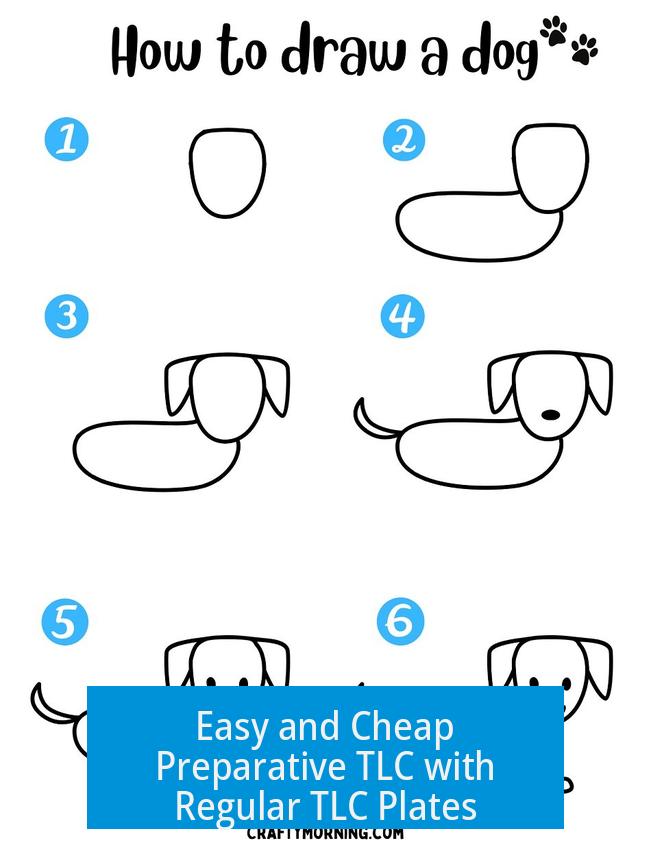
Preparative thin-layer chromatography (prep TLC) can be performed effectively using regular TLC plates made from inexpensive materials. This approach allows for small-scale purification without costly pre-coated plates or sophisticated equipment.
Preparing Your Own Prep TLC Plates
Start with plain 20×20 cm window glass slabs. There is no need for specialized glass. To ensure good silica gel adhesion, sand or scratch the glass surface thoroughly.
Prepare a silica suspension by mixing 140 g of CaSO4-containing silica gel (F254 type recommended) with 750 mL of water. This suspension coats around 8 plates, requiring 60-70 mL per plate.
Spread the suspension evenly using a glass rod, pulling the mixture to the slab edges as needed. Allow plates to dry overnight, then bake at 120 °C for at least 2 hours to fix the silica layer onto the glass.
Sample Application and Development
- Dissolve 150–200 mg of crude sample in approximately 0.8 mL of dichloromethane (DCM) or suitable solvent.
- Apply the solution as a narrow zone on the plate. Ensure the solvent evaporates completely before developing to prevent spot diffusion.
- Develop the plate using appropriate solvent systems, similar to analytical TLC.
Elution and Washing

After development, elute compounds from silica using acetone heated to 50 °C. Perform washing three times to maximize recovery and purity.
Practical Considerations
Prep TLC works best for purifying small quantities (3–10 mg) of compounds with partial TLC separation. It cannot replace the resolution achievable by column chromatography but is useful when column packing or solvents are limiting.
Note that the presence of the fluorescent indicator F254 in silica gel is standard but may or may not interfere with detection or purification; further testing is advisable for sensitive compounds.
Summary of Key Points
- Use scratched window glass as prep TLC plates coated with CaSO4 silica gel suspension.
- Dry and bake plates to ensure silica adhesion.
- Load samples dissolved in volatile solvents; allow solvent to evaporate before development.
- Employ hot acetone washes for compound recovery.
- Prep TLC suits small-scale purifications where column chromatography is impractical.
- F254 fluorescent indicator impact remains uncertain but generally acceptable.
Easy and Cheap Preparative TLC with Regular TLC Plates: A Hands-On Guide

Wondering if you can do preparative TLC without splurging on costly plates? You absolutely can. Using regular TLC plates and simple materials, you can create your own prep TLC plates—cheap, easy, and surprisingly effective.
Let’s dive into making your own, applying samples, and useful tips that make this technique accessible for anyone working with small-scale purification.
Why Make Your Own Preparative TLC Plates?
Commercial preparative TLC plates can break the bank. But here’s a secret: plain window glass and a silica gel suspension are all you really need. Using standard TLC plates with a few tweaks turns your bench into a mini purification lab.
This method fits perfectly when you want to isolate milligram quantities of components that separate just slightly on TLC but might not be column chromatography candidates. It fills a practical niche without demanding fancy gear or high costs.
Supplies on a Shoestring Budget
- Glass slabs: 20×20 cm pieces, easy to find from cut window glass.
- Silica gel with CaSO4: Ideally F254 type from suppliers like Merck. It offers a fluorescence marker that helps visualize compounds under UV, but more on that later.
- Water: To mix the silica gel suspension.
- Glass rod: For spreading the silica suspension evenly over the glass tiles.
No special glass plates, no proprietary materials. Just everyday lab basics.
The Plate Preparation Journey
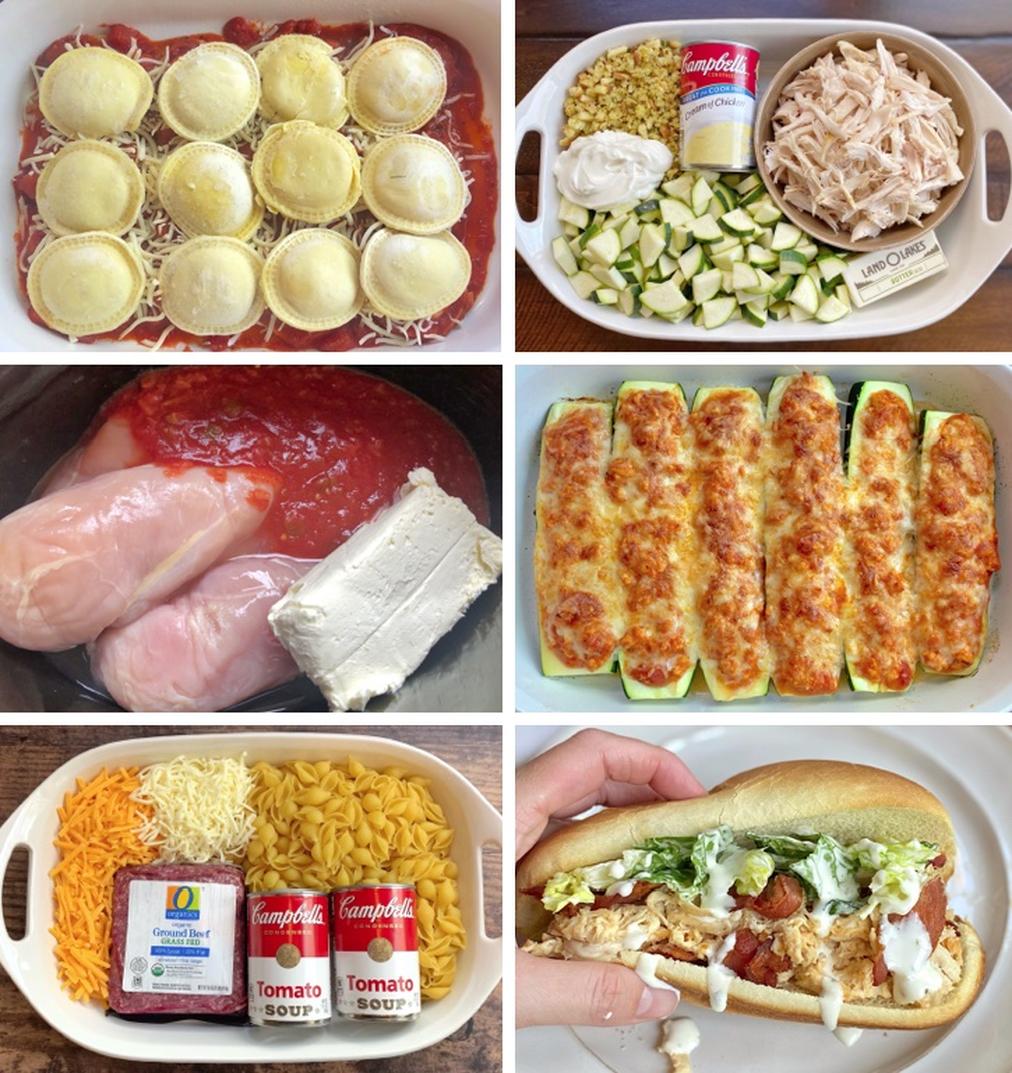
Start with sanding or scratching the glass tiles. Yes, it’s a bit of a chore—think of it as priming the surface so your silica gel sticks well and won’t peel off like a bad sunburn later.
Then whip up your silica gel suspension: mix 140 grams of CaSO4-containing silica gel with 750 mL water. Stir until smooth and even; clumps are your enemy.
Using about 60-70 mL of this suspension per plate gets you coverage perfect for TLC. Spread evenly with your glass rod, making sure not to leave streaks.
Once coated, let the plates dry overnight to evaporate the water. The next step? A warm USDA-approved (okay, just lab-approved) bake at 120 °C for at least two hours. This step solidifies the silica layer so it won’t peel off during the chromatography or washing.
Got enough suspension? One batch makes about eight plates. A small investment for multiple experiments.
Sample Loading: How Much is Too Much?
Prep TLC isn’t about running tons of material—it’s designed for modest sample sizes. Dissolve 150-200 mg of your crude mixture in about 0.8 mL of dichloromethane or your preferred evaporating solvent.
Spread this carefully as a spot or band on the plate. Fair warning: the solvent must evaporate completely before you develop the plate. Nobody likes smeared or runny spots.
Elution and Washing – The Hot Acetone Trick
After development and spotting zones, washing off your desired compounds is crucial. Use acetone heated to around 50 °C. Rinse the scraped silica three times to maximize compound recovery.
This method leaches your purified components nicely, giving you a clean product for analysis or further work.
When Is Prep TLC Your Best Friend?
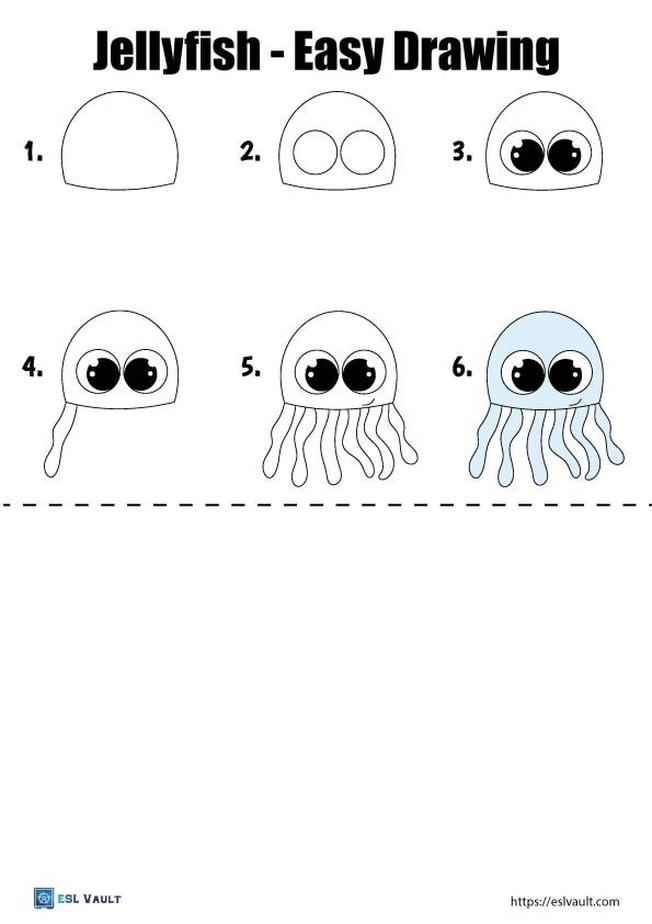
- If your compound mixture is small-scale (3-10 mg) and somewhat separable on TLC, prep TLC can save the day.
- Some mixtures don’t behave well in columns—they might be too sticky or degrade. Prep TLC lets you work around these issues.
- It’s a powerful alternative when your goal is to quickly isolate compounds without bulky setups.
That said, if your mixture separates cleanly on TLC, column chromatography often gives sharper, larger-scale separations. But prep TLC’s simplicity and speed keep it in the chemist’s toolbox.
What About the F254 Fluorescence Indicator?
The silica gel you use often contains CaSO4 with an F254 fluorescent indicator. It helps spot compounds under UV light, but can it interfere?
The short answer? Usually not—just be aware it fluoresces at 254 nm and, in rare cases, could overlap with your sample’s signal. Testing your particular system helps avoid unexpected surprises.
Wise Tips to Nail Your Prep TLC Experience
- Be patient sanding the glass: Adhesion is everything. Scratched plates > smooth plates.
- Mix your suspension well: A lump-free mixture spreads evenly and avoids uneven bands.
- Don’t overload: Keep 150-200 mg max for consistent spot shapes and resolution.
- Dry plates fully: Avoid wet spots which cause tailing and poor separation.
- Use gentle, heated acetone washes: Hotter acetone improves compound extraction without damaging silica.
Why Should You Try This?

The charm of easy and cheap preparative TLC with regular TLC plates is its combination of economy and effectiveness. It lets even resource-limited labs or hobbyists purify target compounds without splurging or waiting for fancy shipments.
Plus, it’s a fun hands-on project. Preparing your own plates nurtures a deeper understanding of chromatography principles and workflows. You’re not just running a separation; you’re building the tool!
Think of it as crafting your own mini purification device—a neat trick for any chemist’s arsenal.
Final Thoughts
Making preparative TLC plates at home? Totally possible, and not rocket science. With window glass, silica gel suspension, and some elbow grease, you’re set.
This approach works best for small mixtures that show separations on TLC but aren’t ideal for extensive column purification. Remember, keeping your plates properly prepared and samples responsibly loaded are keys to success.
Have you tried homemade prep TLC plating? Or maybe you’ve stuck exclusively to columns? Share your stories, and let’s learn from each other’s purification adventures.
How do I prepare my own preparative TLC plates using regular glass?
Use 20×20 cm plain glass slabs. Scratch or sand them to help silica stick better. Spread a suspension of 140 g silica gel with CaSO4 in 750 mL water evenly using a glass rod. Dry overnight and bake at 120 °C for 2 hours.
What amount of sample should be applied on preparative TLC plates?
Dissolve 150-200 mg of crude mixture in about 0.8 mL of a volatile solvent like DCM. Apply this solution to the plate. Make sure the solvent evaporates fully before starting development.
Can preparative TLC replace column chromatography for mixture separation?
Preparative TLC works well for purifying small amounts (3-10 mg) that show slight TLC separation. However, column chromatography usually gives better separation when possible.
What solvent is best for washing preparative TLC plates after separation?
Use acetone heated to 50 °C and apply it three times to leach the compounds from the plate effectively before collection.
Does the F254 fluorescent indicator on silica gel affect preparative TLC results?
It is unclear if F254 interferes with the separation or recovery. Its impact on preparative TLC performance is uncertain based on available information.



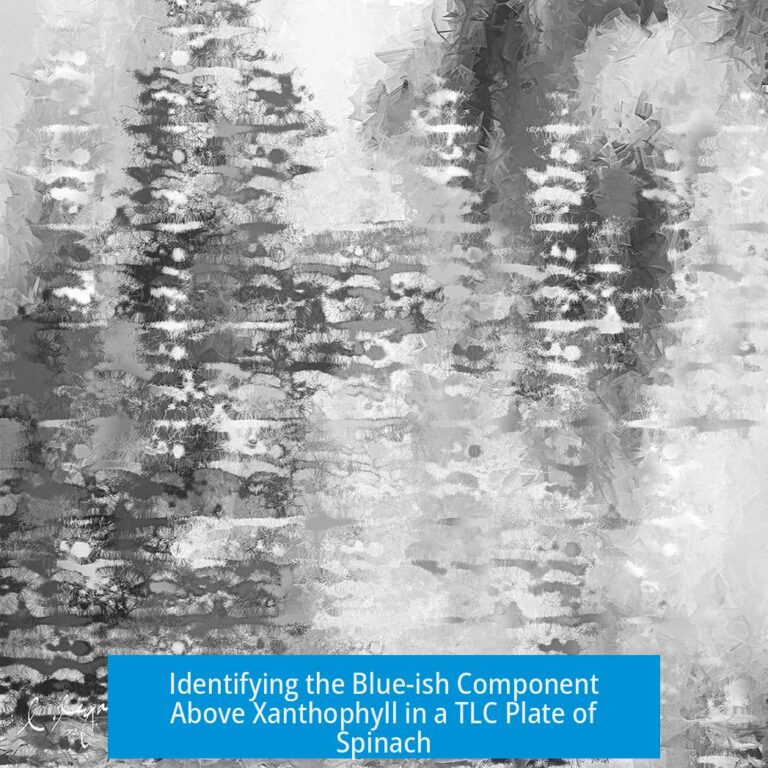
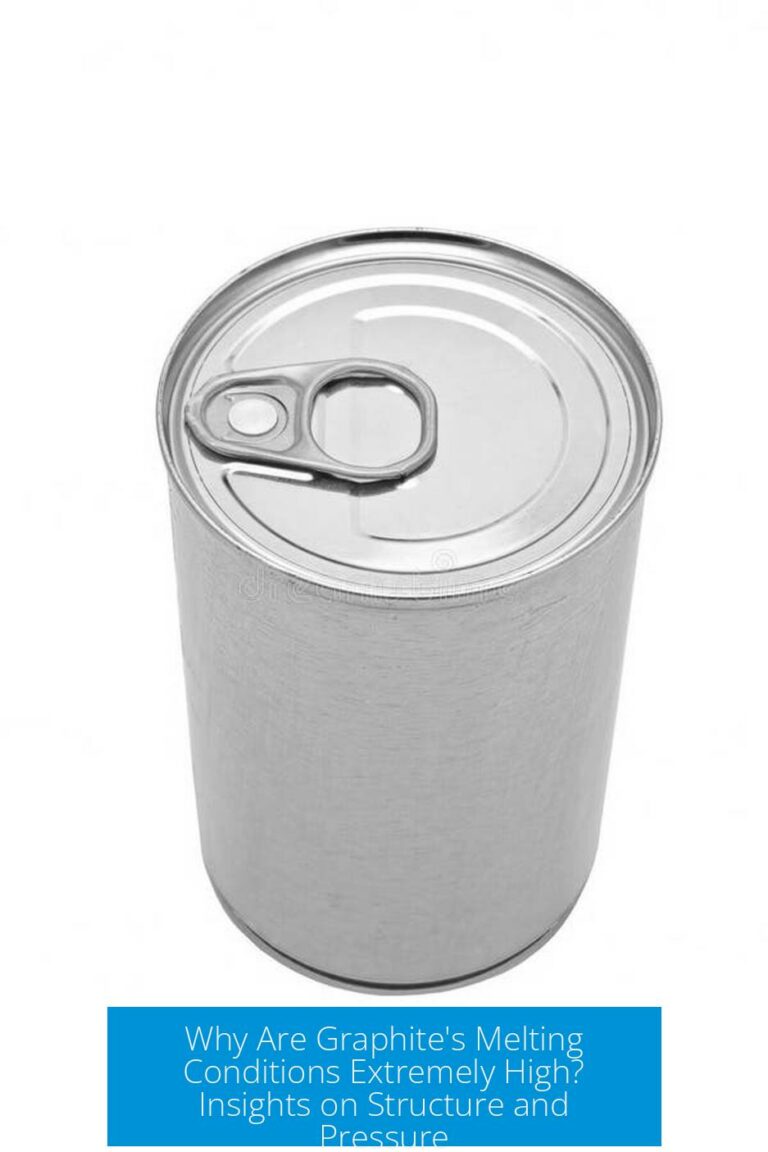
Leave a Comment